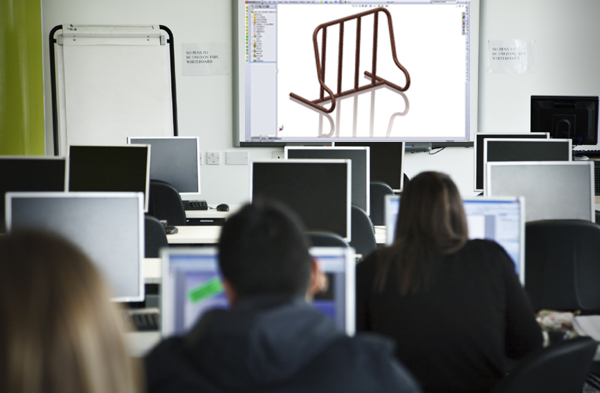 The National Science Foundation published a Q&A piece, Labor Day Q&A: Opportunities in STEM, and we found the information provided in this article to be direct, conscience and extremely informational for college students and parents. The answers are provided by Nimmi Kannankutty, Senior Advisor for NSF’s National Center for Science and Engineering Statistics (NCSES).
The National Science Foundation published a Q&A piece, Labor Day Q&A: Opportunities in STEM, and we found the information provided in this article to be direct, conscience and extremely informational for college students and parents. The answers are provided by Nimmi Kannankutty, Senior Advisor for NSF’s National Center for Science and Engineering Statistics (NCSES).
Below are a few excerpts from the piece, but we highly encourage you to click on over to the National Science Foundation website and read the article in its entirety (Note: The article is a little long but definitely worth the time).
How many people are there in the STEM workforce?
If I focus on people with at least a bachelor’s degree, there are over 5 million people working in an S&E occupation and there are about 7 million people working in S&E-related occupations.
But there are other ways we can define the workforce, too. We can think about the workforce as employed people with certain types of degrees. From that perspective, there are about 15 million people with an S&E degree, and there are 6 million people with an S&E-related degree — this would include health degrees, S&E technical degrees, and science and math teacher education.
Another way to consider it is whether they need S&E expertise for their jobs. Among college graduates, for over 16 million, their job requires S&E expertise, and this includes people working in non-S&E jobs.
Students are making decisions right now about their majors and maybe their graduate studies. Are the STEM fields good ones for students to pursue?
There are many different pathways you can take with an S&E degree. For example, if you get an engineering degree, you may work as an engineer, as a science or math teacher, or you may be a manager of engineering projects at a consulting firm. S&E graduates continue to higher degrees within S&E, but they also go on to get graduate degrees in medicine, law or business.
An S&E degree does often lead to an S&E job, but it can also be used to pursue a career in other areas.
Is it harder for women to get jobs in STEM?
Women continue to remain underrepresented among those earning S&E degrees, as well as among those working in S&E occupations. While the share of women earning college degrees has risen to over 50 percent, men still earn the majority of S&E degrees.
Demographic changes in the workforce are also at play here. Because older scientists and engineers are disproportionately male, women are a lower percentage of the overall S&E workforce than among recent graduates, where there are a higher proportion of women.
Is it true that jobs are sitting empty for lack of qualified STEM workers?
Most of the data that we have on the S&E workforce is on the supply side of the equation: We know about the number of people earning degrees, and we know about the numbers who are employed.
We have relatively less information on the demand side of the equation. For example, we don’t have comprehensive measures of the skills, competencies or positions that employers need now, or in the future. We also do not have large nationally representative surveys that would help us say more empirically whether companies are not able to find the right people to fill STEM jobs.
Click here for a link to the full article.
________
3D Innovations is a full service 3D Engineering/Design company – from the 3D Design to a fully functional 3D Prototype & Product.
3D Academy, A Division of 3D Innovations, LLC provides training services specializing in 3D Computer Aided Design (CAD) and 3D Printing Technology.

